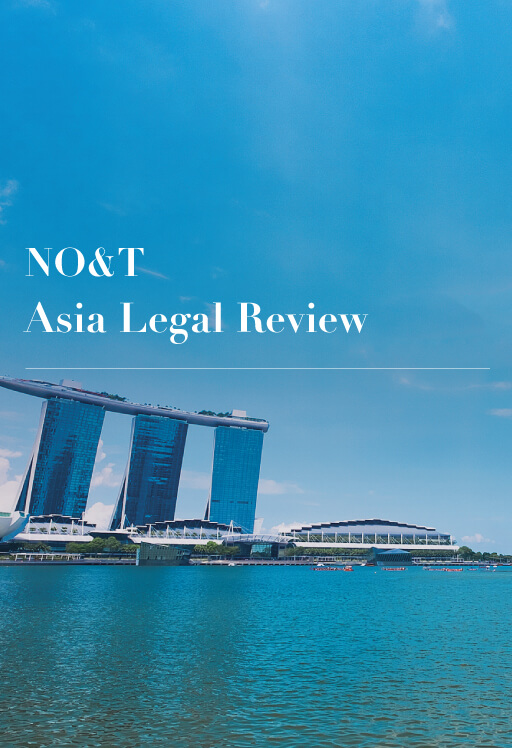
NO&T Asia Legal Review
The Singapore Rules of Court 2021 (“New ROC”), a set of rules governing the applicable proceedings for all civil procedures in the Singapore Courts, was substantially amended last year. This follows a commitment by the Chief Justice upon the establishment of the Civil Justice Commission in 2015, to “transform, not merely reform, the litigation process by modernizing it, enhancing efficiency and speed of adjudication and maintaining costs at reasonable levels”.
The New ROC is based on five ‘ideals’, which the Court must keep in mind when rendering decisions under the New ROC:
The New ROC took effect from 1 April 2022. It applies to: (1) all civil proceedings commenced in the Singapore Courts on or after 1 April 2022; and (2) all appeals made to the Court of Appeal / Appellate Division of the Singapore Courts on or after 1 April 2022. Proceedings commenced in the Singapore International Commercial Court on or after 1 April 2022 will be governed under a separate set of rules known as the Singapore International Commercial Court Rules 2021.
A number of the more significant updates to the procedures under the New ROC are set out below.
An interlocutory application is an application made to the Court by either party for the request of some relief that would assist them in the preparation of their case prior to the trial. Common interlocutory applications include applications for amendment of the parties’ pleadings, for specific discovery of documents, and for further and better particulars of the pleadings.
Previously, parties would individually consider the necessity for interlocutory applications on a stage-by-stage basis; as and when the need would arise for a particular type of interlocutory relief, the relevant application would then be filed.
The New ROC, however, has introduced the concept of a “Single Application Pending Trial” (“SAPT”). The Court will direct that the parties each file a SAPT to deal with, as far as possible, all matters that are “necessary for the case to proceed expeditiously”. Examples of such matters would include: (1) applications for security for costs, (2) amendment / particulars of pleadings, (3) production of documents, (4) striking out part of an action or defense, and (5) interim relief. (For the full list of interlocutory relief covered by the SAPT, see Order 9 rule 9, paragraph (3) of the New ROC)
Once the SAPT has been filed, parties may not file further applications for relief which could have been covered by the SAPT, unless they get the permission of the Court. In doing so, they will need to write in formally to the Court in a letter setting out the essence of the intended application, and justifying why the separate application would be necessary at that stage of the proceedings. A part of this written request may include an explanation on why the application had not been contemplated earlier, and/or why it had not been included in the SAPT. (See Order 9 rule 9, paragraphs (7) and (8) of the New ROC)
However, the SAPT does not cover all forms of pre-trial interlocutory relief available to parties. Some specific applications, such as for (1) substituted service of process, or service of process outside of Singapore, (2) judgment in default, (3) striking out the whole of an action or defense, and (4) an injunction, are not covered by the SAPT. These types of relief may be applied for at any time, without needing to specifically seek the Court’s approval. (For the full list of interlocutory relief exempted from the SAPT, see Order 9 rule 9, paragraph (7) of the New ROC)
Further, in order to minimize the taking out of last-minute applications in the lead-up to trial, no application (whether covered by the SAPT or otherwise) is permitted to be taken out in the period from 14 days prior to the commencement of trial, up to the determination of the merits of the case by the trial Judge. Any party seeking to take out an interlocutory application during this period must write in to get the permission of the trial Judge specifically, and must do so in a letter justifying why the application is a special case that should be heard. (See Order 9 rule 9, paragraphs (10) and (11) of the New ROC)
The amendments to the document production process in the New ROC were made with two key principles in mind:
In line with these principles, the New ROC requires parties to produce, as part of document production: (1) all documents that they are relying on, (2) all known adverse documents (or documents which they reasonably should know to be adverse), including any private / internal correspondence, and (3) any other documents which the parties may have agreed to produce. (See Order 11 rule 2 of the New ROC)
Crucially, documents which may not be immediately relevant, but which may lead down a “train of inquiry” to other potentially-relevant documents, can no longer be requested in discovery applications as a general rule. The Court will only permit the production of such documents in a “special case”. This will help to streamline the scope of documents that can be sought during the document production process. (See Order 11 rule 5 of the New ROC)
The Court is also empowered under the New ROC to order that not just pleadings, but all affidavits of evidence-in-chief, be filed prior to the commencement of the document production process. The purpose for this is to allow the key issues to become more fixed and definite, streamlining the matters that the parties will need to deal with and potentially reducing the scope of documents that will need to be disclosed. (See Order 2 rule 8 of the New ROC)
While previously parties were free to put forward the evidence of an expert where needed to support their case, the New ROC now provides that no expert evidence can be provided without Court approval. The Court will consider each case on its own merits, and approve the use of expert evidence where it has been convinced that the expert evidence will contribute “materially” to the determination of issues that relate to scientific, technical or other specialized knowledge. (See Order 12 rule 2 of the New ROC)
Another change from previous practice, is that the New ROC now also requires parties to, as far as possible, agree on a single, common expert shared between the parties. (Previously, parties would each be able to tender their own expert, and the Court would hear the evidence from both experts in the course of the trial.) With the use of this common expert, the parties will then need to agree on a list of issues to be referred to the expert, and on a common set of agreed / assumed facts which the expert will be entitled to rely on. (See Order 12 rules 3, 4 of the New ROC)
The Court will not permit reliance on more than one expert’s evidence for a single issue by a party except in a “special case” with the Court’s approval. The Court may also, in a “special case”, appoint its own court expert in addition to, or in place of, the parties’ expert(s).
The process for enforcement of judgments received has also been simplified under the New ROC. Whereas previously, a party had to take out a fresh application for each type of enforcement method they wished to execute, parties may now take out a single enforcement application in the Court, under which they can seek all of the enforcement methods they wish to obtain all at once. This includes applications for a stay of enforcement, an enforcement order, and an order for attachment of a debt (i.e. a garnishee order). (See Order 2 rule 14, and Order 22 rule 2 of the New ROC)
All methods of enforcement will be carried out by the Sheriff. Where the enforcement order indicates the sequence in which the methods of enforcement granted by the Court are to be carried out, they will follow that sequence; if no such sequence is provided, the Sheriff will exercise their own discretion to carry out the methods, either sequentially or concurrently.
Alongside these new amendments to the procedure before the Courts in civil proceedings, the language of the New ROC has also been adjusted to make the Court terminology more accessible to the general public. The use of specific court terminology has been phased out, and will instead be replaced with simpler terms that will make their meaning clearer to the general public; for example, the term “subpoena” will be replaced by “Order to attend Court or produce documents”, and the term “ex parte summons” will be replaced by “summons without notice”.
The comprehensive nature of these amendments in the New ROC reflects the commitment of the Singapore Courts to improving the efficiency of proceedings in Court, streamlining the litigation process to improve access to justice, and making the law more accessible to the general public. As Singapore continues to establish itself as a hub for dispute resolution, these improvements to the procedure of the Singapore Courts have come at a timely juncture.
This newsletter is given as general information for reference purposes only and therefore does not constitute our firm’s legal advice. Any opinion stated in this newsletter is a personal view of the author(s) and not our firm’s official view. For any specific matter or legal issue, please do not rely on this newsletter but make sure to consult a legal adviser. We would be delighted to answer your questions, if any.
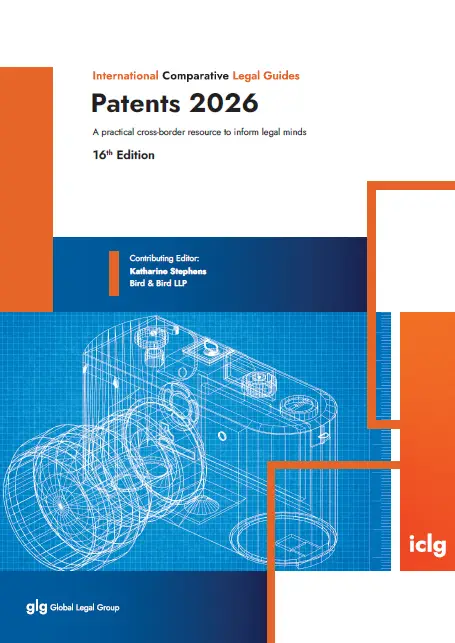

(October 2025)
Kenji Tosaki


Claire Chong, Nozomi Kato (Co-author)
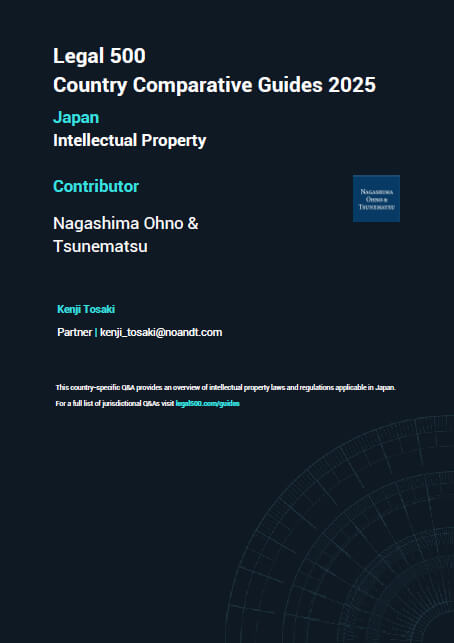

(September 2025)
Kenji Tosaki
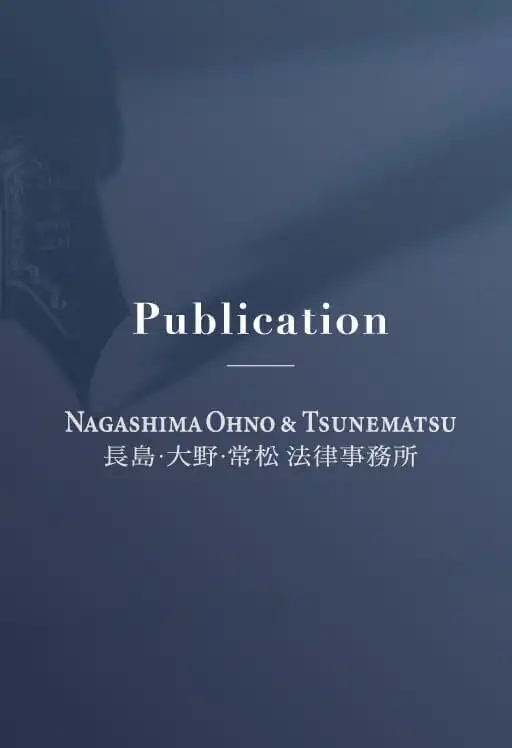

(August 2025)
Oki Mori, Akiko Inoue (Co-author)


Justin Ee, Kennosuke Muro (Co-author)
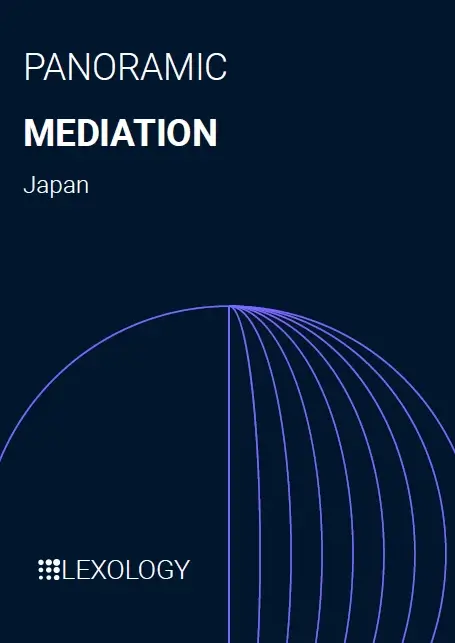

(July 2025)
Junichi Ikeda, Tomohiko Nabeshima, Akiko Inoue (Co-author)
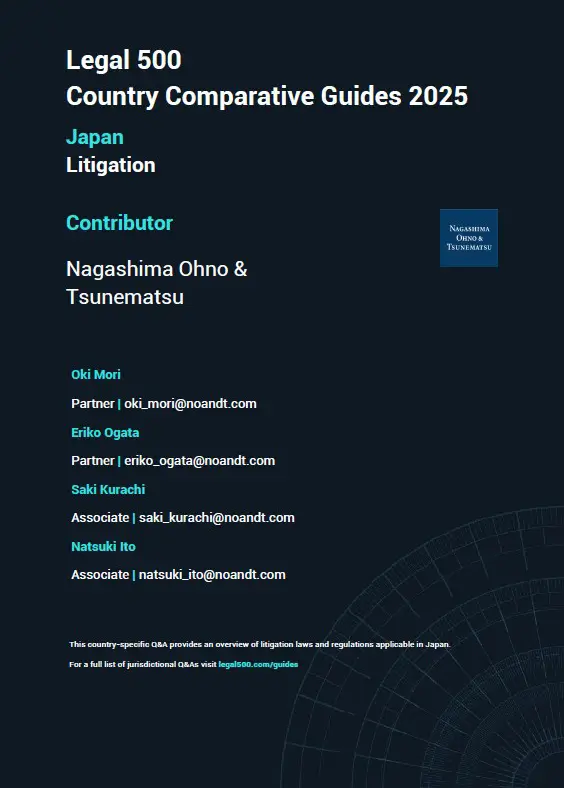

(July 2025)
Oki Mori, Eriko Ogata, Saki Kurachi, Natsuki Ito (Co-author)
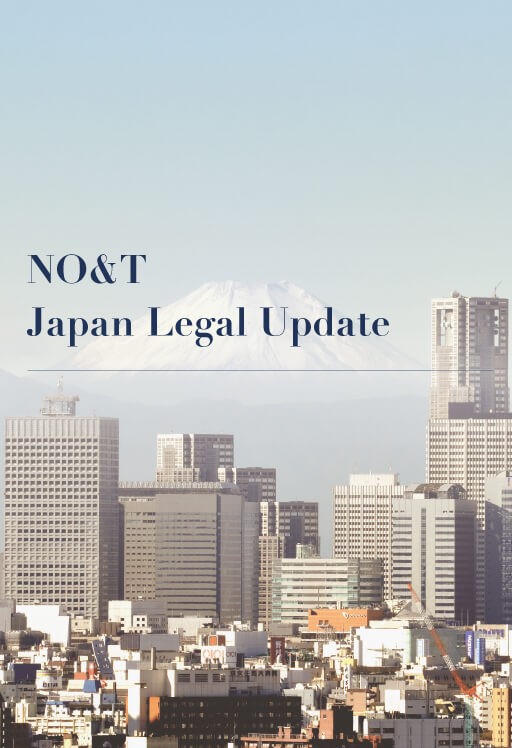

Hiroki Tajima


Supasit Boonsanong, Thananya Pholchaniko, Phareeya Yongpanich (Co-author)


Patricia O. Ko


Claire Chong, Nozomi Kato (Co-author)


Yuan Yao Lee


Supasit Boonsanong, Thananya Pholchaniko, Phareeya Yongpanich (Co-author)


Patricia O. Ko


Claire Chong, Nozomi Kato (Co-author)


Yuan Yao Lee


Claire Chong, Nozomi Kato (Co-author)


Justin Ee, Kennosuke Muro (Co-author)


Kara Quek, Kennosuke Muro (Co-author)


Annia Hsu, Kennosuke Muro (Co-author)